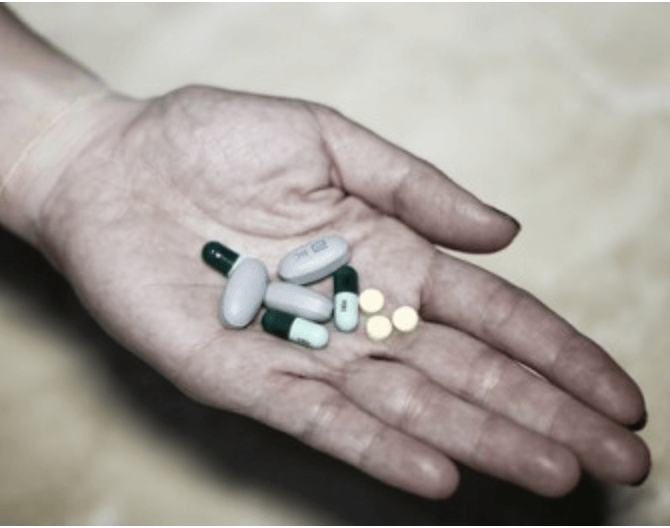When I was in seventh grade, I watched my kneecap dislocate for the first time. The raging pain of my kneecap thrusting itself out of my body was so extreme, the only thing I could do was shut down and pass out. That same year, I got my first knee surgery. Not long after, both of my kneecaps started disclocating on an almost daily basis. I spent my senior year of high school in my bed, recovering from two major reconstructive knee surgeries, both with their own set of major complications.
After the last six years of nonstop pain and dislocations, I know one thing is certain. Opioids didn’t help the major pain I was in.
The surgeries I got my senior year were very intense. They involved cutting a broken or loose ligament out of my knee and replacing it with a cadaver ligament. The cadaver ligament would be held in place with two screws in my kneecap and one in my femur. The painkiller my orthopedic prescribed right after these surgeries was oxycodone.
I don’t remember much of the recovery immediately after the surgeries, but I remember always crying to my parents and telling them how bad the pain was, even with them giving me oxycodone exactly how it was prescribed around the clock. I was constantly in tears trying to explain to my surgeon how the medicine wasn’t helping, but he never seemed to listen. This could be due to the fact that the dosage of the medicine would make me loopy.
The complications of the second knee surgery led me to going to the emergency room almost on a weekly basis. I felt extreme shooting pains up and down my legs, mostly in places that are numb to the touch now. The pain would leave me unable to move. Every trip to the emergency room I was given a new painkiller; usually a form of codeine, morphine or hydrocodone. Each time I left the emergency room, I would leave feeling loopy and still in the extreme pain I was in when I arrived.
Considering the amount of painkillers I was given, I shouldn’t have felt the pain. I shouldn’t have cried to my mom and dad every day about how I couldn’t stand the constant pain.
I will never really understand why these painkillers never worked, but the experience has left me thinking about the real problem with the opioid epidemic. In 2016 alone 42,249 people died of opioid overdose. With the amount of opioids constantly handed out to people in hospitals and doctors’ offices, it’s easy for a drug like this to get in the wrong hands. Overall, I hope research can determine better pain alternatives that aren’t as dangerous as opioids.


